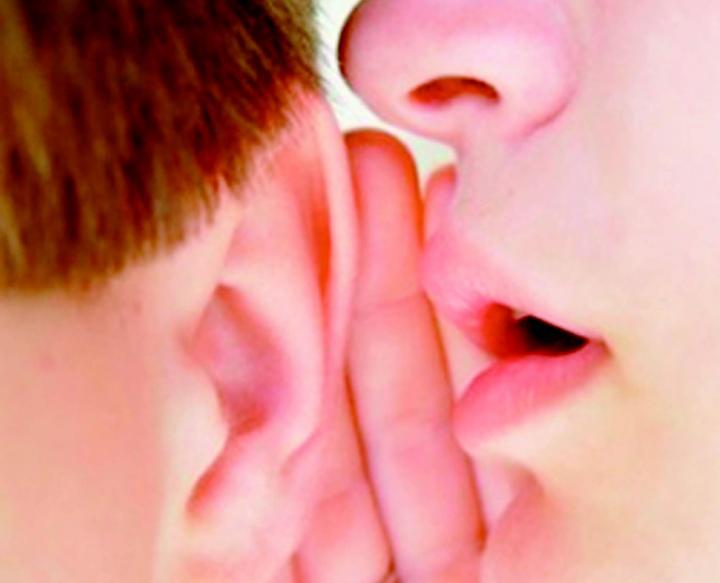
Hearing loss may have many causes, pathologies and symptoms which may be treated in various ways with various degrees of success. However, almost all hearing loss pathologies lead to a secondary, largely overlooked, mostly untreated hearing deficiency within the central auditory perception.
Hearing means that the brain receives electrical stimuli from the cochlear in a unique pattern which the brain uses as aural representations. As every sound we can identify is a unique such aural representation, the resolution of each must be as high as possible to preserve it's uniqueness, without which it cannot be distinguished from other similar aural representations.
The full human frequency and dynamic spectrum of hearing is necessary to create and maintain the uniqueness of each of these auditory representations. By combining these aural representations with other sensory inputs and experiences we assign each of them a meaning, individually in groups and in scenes. This skill we learn in early childhood when we acquire sensory awareness, but continue doing throughout our life, whenever we encounter a new, not stored aural representation.
All of these unique aural representations are stored in our long term memory to be quickly and automatically accessed and compared with incoming aural patterns through use of our short term memory to assign each a previously learned meaning. Only if this process is fully automated will it be fast enough for us to understand the complexities of language and at the same time not require significant mental resources.
In case of just a very mild hearing loss, the presence of which would not even be revealed by a conventional audiogram, a significant amount of detail of a signal is lost. Any auditory pattern created out of this altered signal will significantly differ from its original, through normal hearing, created form. What was once unique, now closely matches several other aural representations.
This insignificant hearing loss might cause symptoms which are seemingly over proportional to its original cause and triggers a chain reaction of effects on the human brain and central auditory system.
If uniqueness is lost to an aural representation, hearing which is designed to be fully automated, becomes a conscious process [again], whereby we try to assign the most likely meaning derived from available context (auditory as well as other sensory input or experiences) which is available.
Basically, we are starting the whole early childhood learning process anew. Learning and assigning meaning to sounds. But as our hearing is not static, and every slight change in hearing changes the pattern again, we are trapped in an ongoing, mentally exhaustive learning process.
Leave a Comment